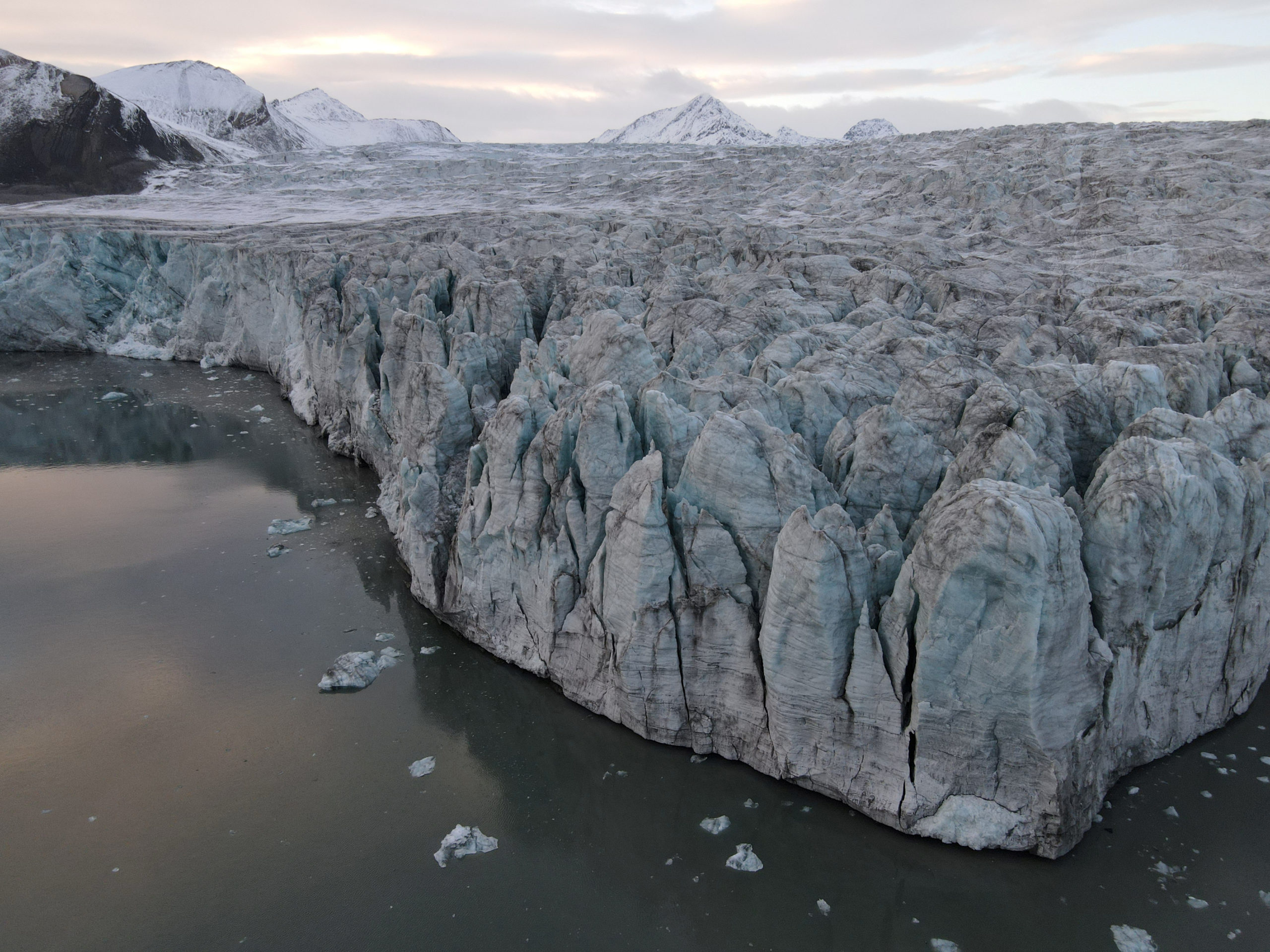A warming Arctic can offer climate insight to the rest of the world, experts say
"The Arctic is at the frontier of risk."
HONG KONG/BRUSSELS — The environmental transformation happening in the Arctic is key to understanding the potential global impacts of climate change, an Alaska Native leader and a polar explorer told the Reuters Next conference on Monday.
With climate change warming the Arctic twice as fast as the overall planet, newly possible commercial activities have also raised questions about responsibility and risk at the top of the world, an insurance expert said.
Native peoples’ observations of changes in the Arctic — such as diseases in fish, or shifts in the time of year when mountain snow melts — are key to understanding how climate change affects the whole ecosystem, said Ilarion Merculieff, president of the Global Center for Indigenous Leadership and Lifeways.
“Native people see things as interdependent, interlocking and synergistically combined,” said Merculieff, who is an Unangan from the Pribilof Islands off the west coast of Alaska. “We maintain that we need to have our different perspectives involved in western science.”
Such observations are often not heeded by policymakers, he said. Yet they could offer crucial clues about climate impacts in key economic sectors. The commercial seafood industry in Alaska generates $13.9 billion in annual economic output, according to a McDowell Group industry report last year.

Polar explorer Ann Daniels said tracking changes in the Arctic, such as the acidity of seawater, is the frontier of understanding climate impacts.
“It’s an indication of what is going to happen to the rest of the world,” said Daniels, who was one of the first women in history to reach the North and South Poles as part of all-women teams.
Climate change is opening the Arctic to more tourism, mining and shipping. For the insurance industry, this means increased demand for cover — despite a lack of data and experience in the region.
“The Arctic is at the frontier of risk,” said Neil Roberts, head of marine and aviation at Lloyd’s of London Market Association, adding that insurers assessing Arctic projects must consider environmental and social factors as well as commercial ones.
“An insurer’s role is to support commerce,” said Roberts. “In terms of whether we should be up there, that’s a wider moral question.”
The Lloyd’s Corporation and its members pledged last month to end new investment in new Arctic energy exploration activities from Jan. 1, 2022.